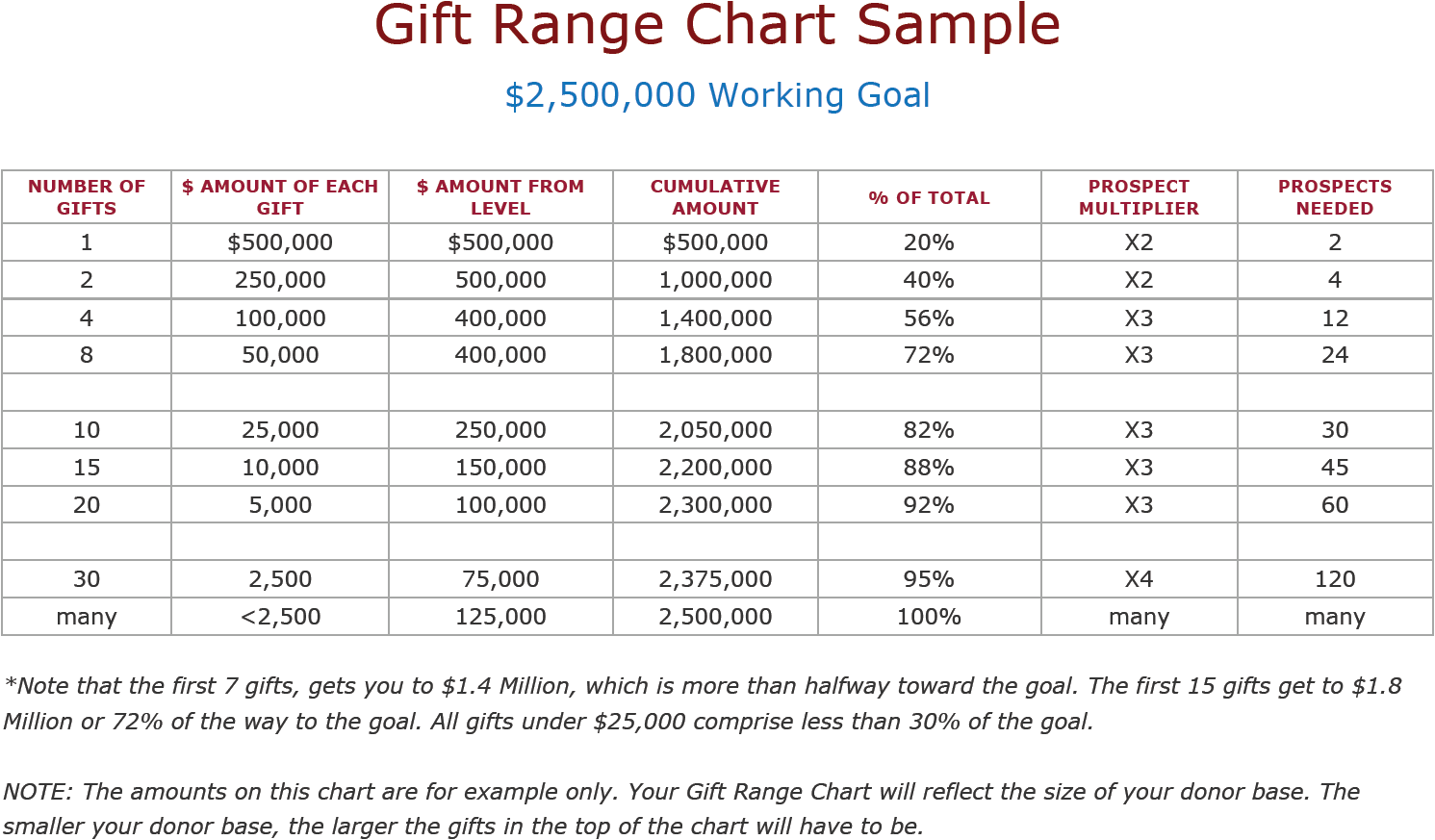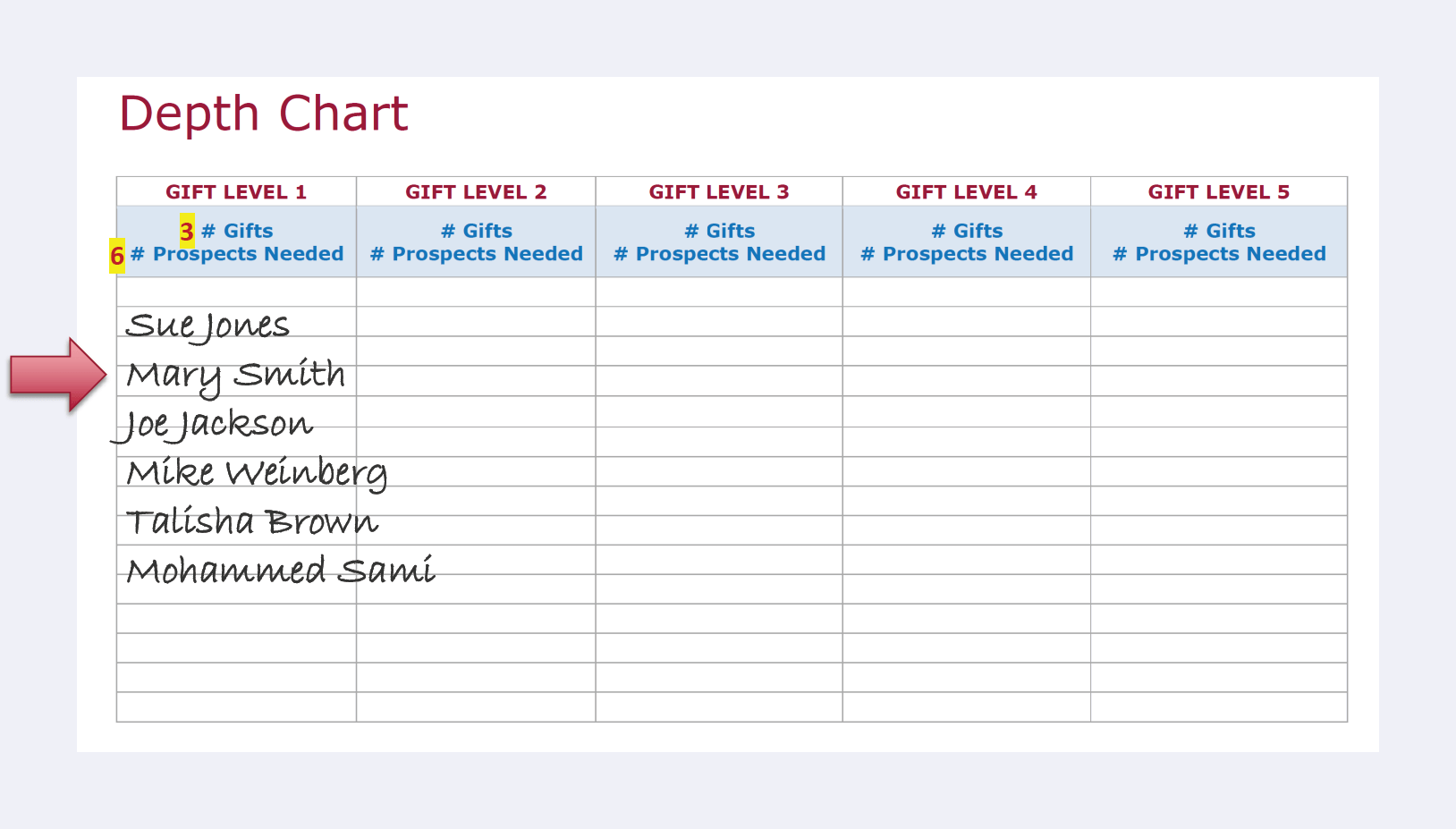3 Tools Smart Fundraisers Use to Lead Successful Capital Campaigns

Imagine trying to open a can of soup without a can opener, or building a house without a hammer. Having the right tool where and when you need is an important part of getting your work done well.
The same is true for capital campaigns. You need the right tools if you’re going to have a successful capital campaign.
3 Must-Use Tools to Lead a Successful Campaign
So if you want to lead a successful capital campaign, here are three tools you shouldn’t proceed without.
1. Gift Range Chart
Probably the most obvious and most common of the capital campaign tools is the gift range chart. However, it’s also the most critical. The gift range chart tells you exactly how many gifts and of what size you need to achieve your goal.
As a general guide, your first gift should be approximately 20% of your campaign goal. That lead gift would also be the amount reflected in a donor recognition plan to name a building, for example.
It’s important to note, the first 10 to 20 gifts should get you halfway (or more) to your goal.
Capital campaigns often follow the 80/20 rule, which is when 20% of your donors give 80% or more of the dollars. This generally equates to the first ten plus donors getting you past the halfway mark to your goal.

Yet, while the gift range chart you generate may look great on paper, the next tool is where the rubber really meets the road.
2. Depth Chart
The depth chart works hand-in-hand with the gift range chart and matches individual gift amounts with specific potential donors. If you can identify multiple, specific donors for each gift you need on the gift range chart, you are likely to lead a successful campaign.
For example, let’s say you need a lead gift of $500,000. The depth chart is where you would list two or three people you think CAN and MIGHT give your campaign half a million dollars.
In other words, these are not “wishful thinking” names, like Oprah Winfrey or Bill Gates. They are names of people who live in your community and support your work (even at a much lower level).

3. Campaign Policies
Campaign policies may not seem like a traditional tool, but they certainly help guide your campaign and make your life easier, so they are most definitely an important tool.
You campaign policies should specifically state things like:
- Exact dates when you will start and stop counting gifts to the campaign
- What types of gifts will be counted and how they are counted
- How and when donors will be recognized
When developing your own campaign policies, ask yourself the following questions:
- What will be the standard pledge period for the campaign?
- How will you establish the value of gifts that are made to the campaign? (Consider valuation of real estate and personal property, in-kind gifts, bequests, life insurance and other gifts.)
- Who will be responsible for making sure there are responsible practices for record keeping, billing and accounting for campaign gifts?
Every Tool You Need for a Successful Capital Campaign
These tools and many more can be found in the Capital Campaign Pro online toolkit. What’s more, every tool includes detailed instructions on how to use it to best effect during your campaign.
Get the support you need to succeed.
With our approach, you get the support, expertise, and guidance you need — plus all the tools and materials — to make your campaign a success.



Leave a Comment